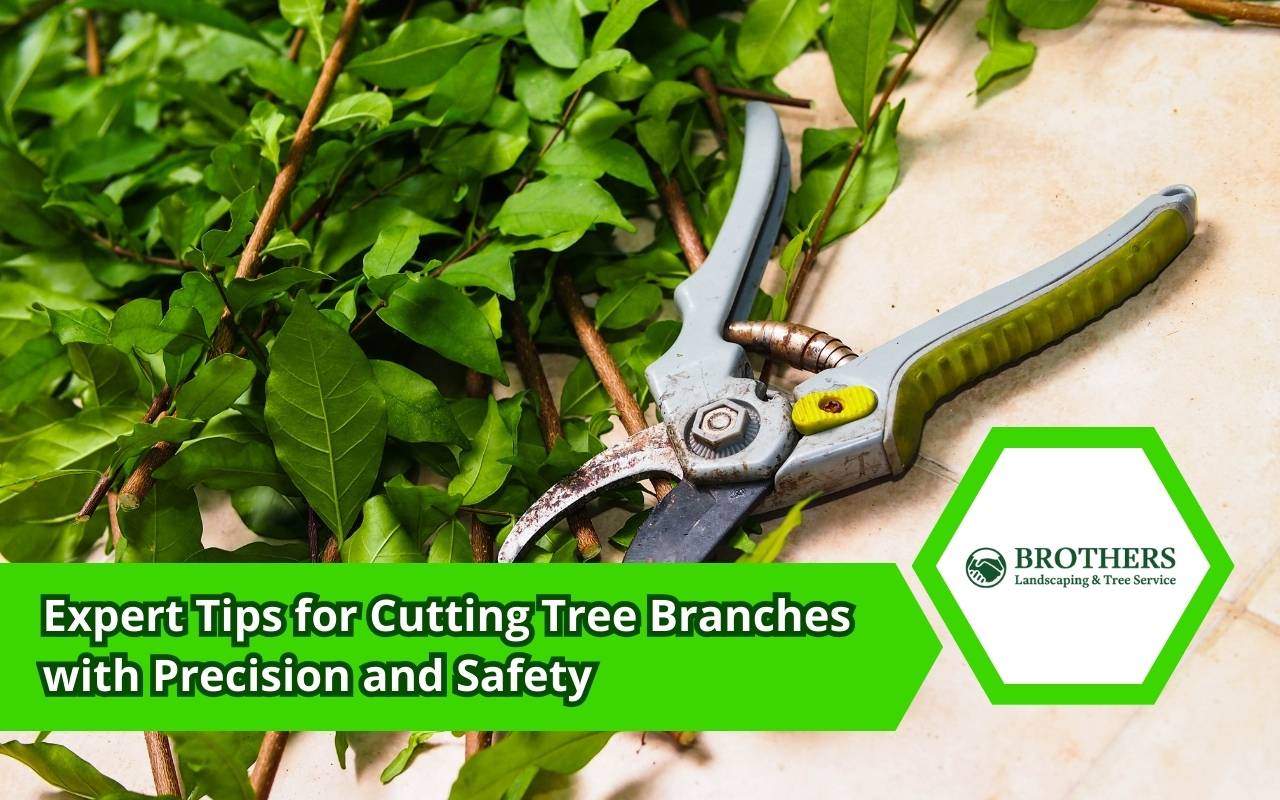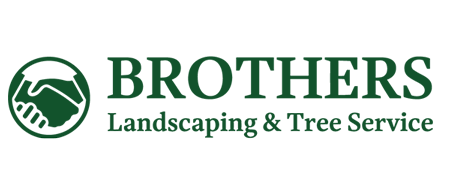
Cutting tree branches can feel daunting. However, the task becomes clear with sound guidance. Moreover, gardens large or small need periodic pruning. Therefore, safe technique matters for health and appearance. Additionally, the right plan reduces risk and stress. Notably, statistics show many injuries from poor trimming. Consequently, preparation and skill are essential. With practice, cutting tree branches becomes straightforward and safe.
Understanding Tree Branch Anatomy
First, learn basic anatomy before cutting tree branches. The bark shields living tissues. Meanwhile, xylem and phloem move water and nutrients. Furthermore, the branch collar marks a natural boundary. Therefore, cuts should respect that swollen area. Additionally, note the branch bark ridge. It helps you locate the correct cut line. Moreover, recognize bud and node direction. Thus, you can aim future growth thoughtfully. Finally, assess unions: “U” shapes are stronger than narrow “V” shapes.
Essential Tools for Pruning Tree Branches
Quality tools improve safety and results. Moreover, sharp edges make cleaner wounds. Therefore, you protect tree health while working.
- Hand pruners for small shoots, ideally under one inch.
- Loppers for extra leverage up to two inches.
- Pruning saws for larger limbs with control.
- Pole saws for reach while staying grounded.
- Chainsaws only after proper training and PPE.
Additionally, clean and oil blades between jobs. Furthermore, disinfect tools to reduce disease spread. Consequently, cutting tree branches feels smoother and safer.
For complex removals, consider expert help. Moreover, you can explore essential gear details here: essential equipment for tree removal. Additionally, if a branch is unsafe, learn when removal is wise: when to consider tree removal.
Safety Precautions Before Starting the Cutting Process
Before cutting tree branches, survey hazards carefully. Moreover, check for power lines and nearby structures. Additionally, confirm stable footing and ladder placement. Therefore, set ladders at a safe angle. Furthermore, avoid work during wind or storms.
- Wear a hard hat and eye protection.
- Use tough gloves and sturdy boots.
- Add hearing protection for chainsaws.
- Secure tools with lanyards when elevated.
For urgent concerns, contact professionals promptly. Therefore, consider a quick consultation via the contact page. Additionally, expert guidance can prevent accidents.
Identifying Branches in Need of Removal or Trimming
Begin with health and safety indicators. Moreover, dead wood often shows brittle texture. Additionally, missing bark and fungal growth are warnings. Therefore, remove dead limbs first. Furthermore, reduce rubbing or crossing branches. Consequently, airflow and light will improve.
- Thin dense canopies to reduce strain.
- Favor strong “U” unions over weak “V” unions.
- Plan timing: dormant cuts reduce stress.
If structure looks compromised, evaluate risks. Moreover, consider whether removal is safer than pruning. Therefore, review this guide on tree removal safety considerations.
Techniques for Making Precise Cuts on Small Branches
Use the three-cut method for small limbs. First, undercut about six inches from the trunk. Next, make a top cut beyond the undercut. Finally, trim the stub close to the branch collar. Therefore, healing occurs quickly and cleanly. Moreover, bypass pruners create sharp, angled slices. Consequently, water drains away from buds, reducing rot. Additionally, disinfect tools between uses to avoid spreading disease. Thus, precision improves safety when cutting tree branches.
Handling Large Branches Safely and Effectively
Large branches demand careful preparation. Moreover, define a safe drop zone. Additionally, no one should stand underneath. Therefore, create a relief cut on the underside. Next, cut from above a few inches outward. Finally, finish with a back cut outside the collar. Moreover, ropes and pulleys can guide heavy limbs. Consequently, controlled descent prevents damage. Furthermore, teamwork with a spotter boosts safety. With these strategies, cutting tree branches becomes manageable.
Dealing with High-Reaching Branches: Tips and Tricks
High branches require proper tools and caution. Therefore, telescoping pole saws extend reach safely. Moreover, secure locks before cutting. Additionally, use the ladder rule: one foot out for every four up. Furthermore, maintain three points of contact at all times. Alternatively, ropes can lower branches gently. For very tall trees, professionals with lifts are safer. Consequently, balance, control, and preparation reduce hazards when cutting tree branches above ground.
Aftercare: Ensuring Tree Health and Recovery
Once branches are cut, avoid sealing wounds. Trees naturally heal when left open. Therefore, add organic mulch at the base, but not against the trunk. Moreover, consistent watering supports root recovery. Additionally, light fertilizer boosts balanced regrowth. Furthermore, monitor cut areas for pests or decay. With care, your tree regains strength. Consequently, aftercare ensures long-term benefits from cutting tree branches effectively.
Common Mistakes to Avoid When Cutting Tree Branches
Several errors delay healing and risk safety. For instance, flush cuts harm the collar. Moreover, leaving long stubs attracts pests. Additionally, pruning at the wrong season stresses trees. Using dull blades tears wood, prolonging wounds. Furthermore, neglecting PPE raises accident risk. Finally, overpruning reduces the tree’s energy reserves. Therefore, avoid these mistakes for healthier, safer outcomes.
Frequently Asked Questions
How often should I prune my trees?
Most trees benefit from pruning every two to three years. However, assess condition annually for safety.
What season is best for cutting tree branches?
Winter or dormant seasons reduce stress and promote recovery. Still, light summer trimming can slow vigorous growth.
Do I need special equipment for large branches?
Yes, large limbs often require saws, ropes, or chainsaws. Moreover, safety gear is essential before starting.
How do I know if a branch is dangerous?
Dead wood, fungal growth, or cracked unions are warning signs. Therefore, remove risky branches promptly.
Should I call a professional for high branches?
Yes, tall or complex situations require expertise. Contact an arborist if branches extend near power lines or roofs.
Mastering Precision and Safety in Tree Branch Cutting
In conclusion, safe pruning blends anatomy knowledge, tool care, and smart techniques. Moreover, practice builds confidence and control. Additionally, proper aftercare guarantees long-term tree health. Therefore, apply these tips for better results when cutting tree branches. For complex or risky projects, reach out to professionals through the Brother Tree Service contact page. Consequently, you gain safety, beauty, and peace of mind.
